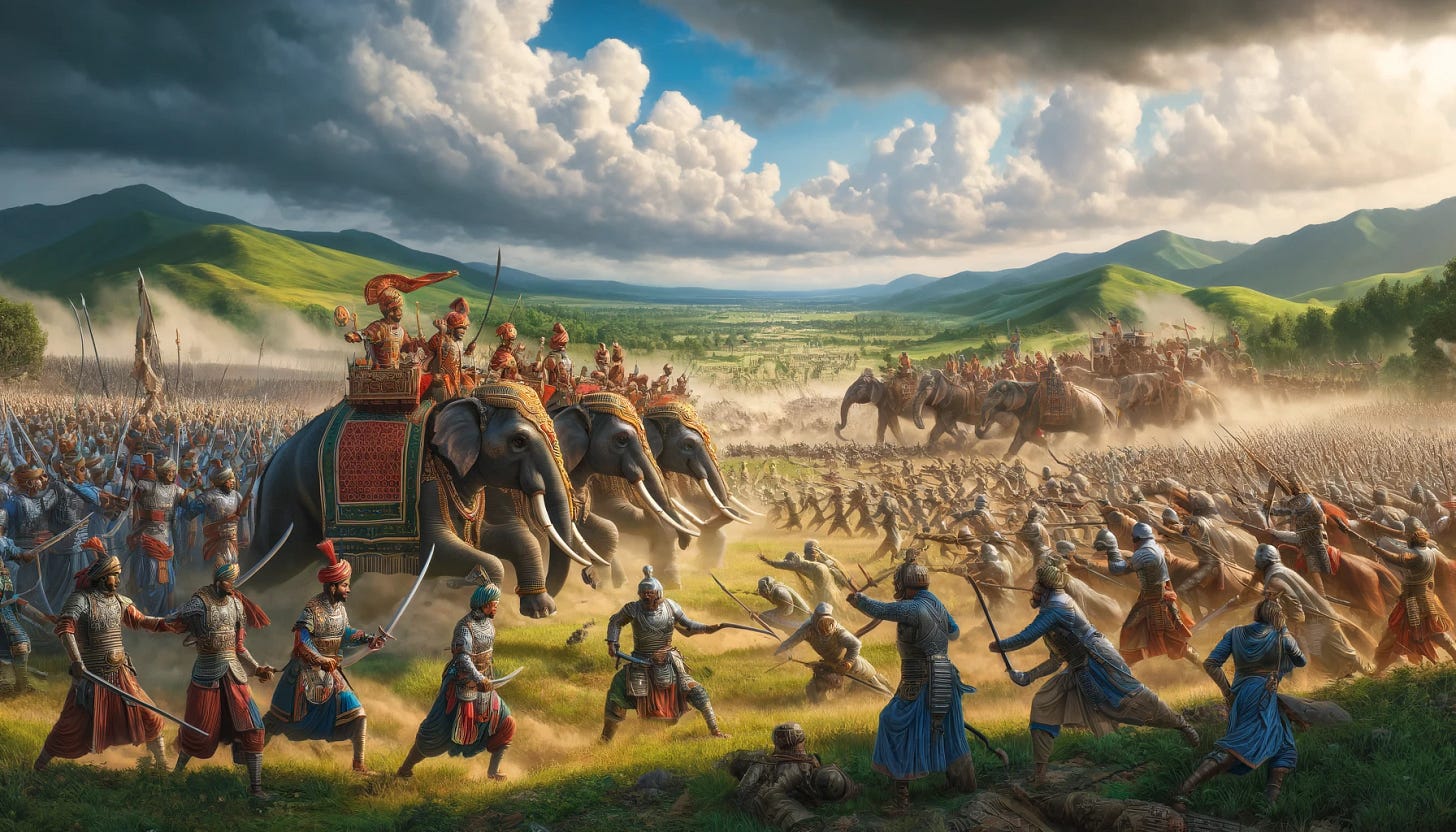Does war lead to norms favouring men?
The most interesting articles that came to our attention this week
Computational limits to the legibility of the imaged human brain. James Ruffle and colleagues examine the predictability of 25 different biological characteristics using all available combinations of structural and functional neuroimaging data. They find that sex, age and bodyweight are highly predictable. By contrast, physiological and psychological characteristics, such as hypertension and loneliness, were far less predictable.
Is Research on the Genetics of Race / IQ Gaps “Mythically Taboo?” Bryan Pesta and colleagues examine the “tabbooness” of different taboo topics. In a representative sample of Americans, they find that the genetic basis of racial IQ gaps is rated as the single most taboo topic – ranking ahead of incest, paedophilia and Jewish influence. Two thirds of respondents rated it as “very” or “extremely” taboo.
Mass Reproducibility and Replicability: A New Hope. Abel Brodeur and colleagues examine research reliability in economics and political science by attempting to replicate 110 papers in leading journals. They find that 85% are fully replicable. They also find that about 70% are robust to various re-analyses like introducing new data, though effect sizes for re-analyses tend to be smaller than the original ones.
Keep reading with a 7-day free trial
Subscribe to Aporia to keep reading this post and get 7 days of free access to the full post archives.


